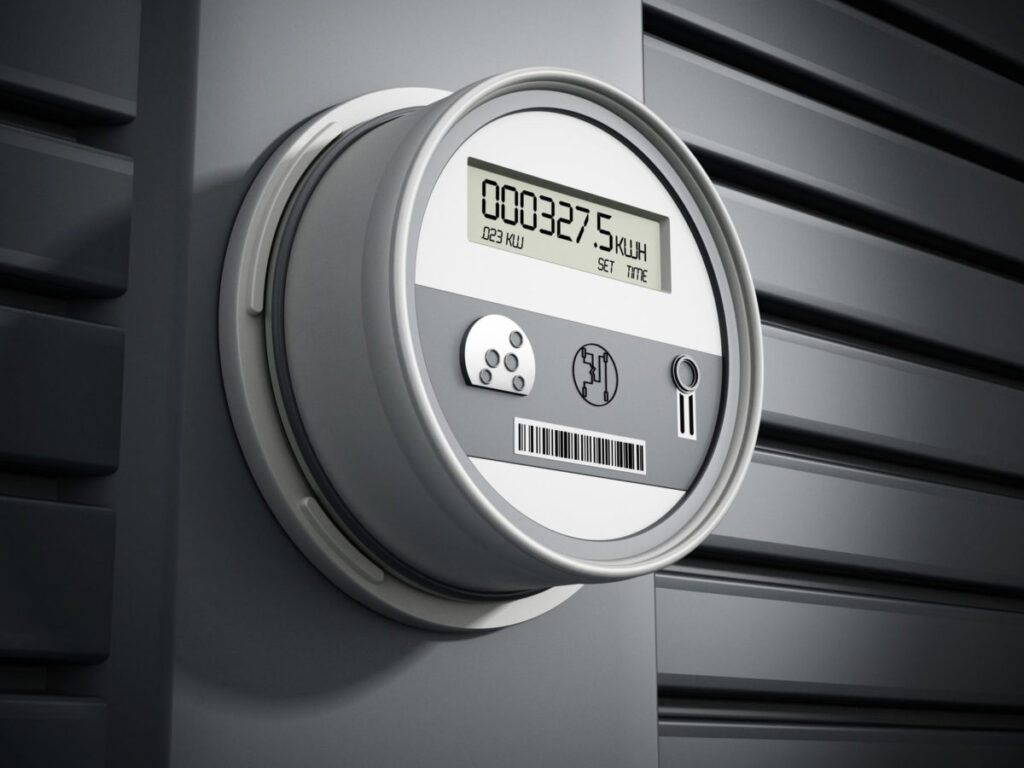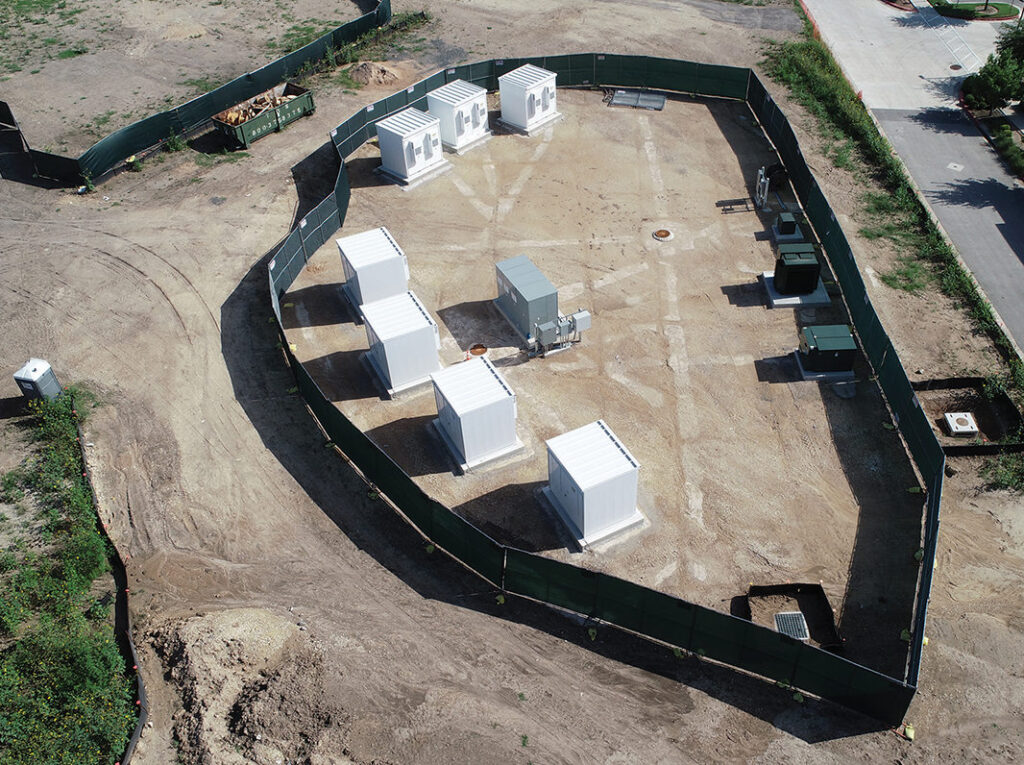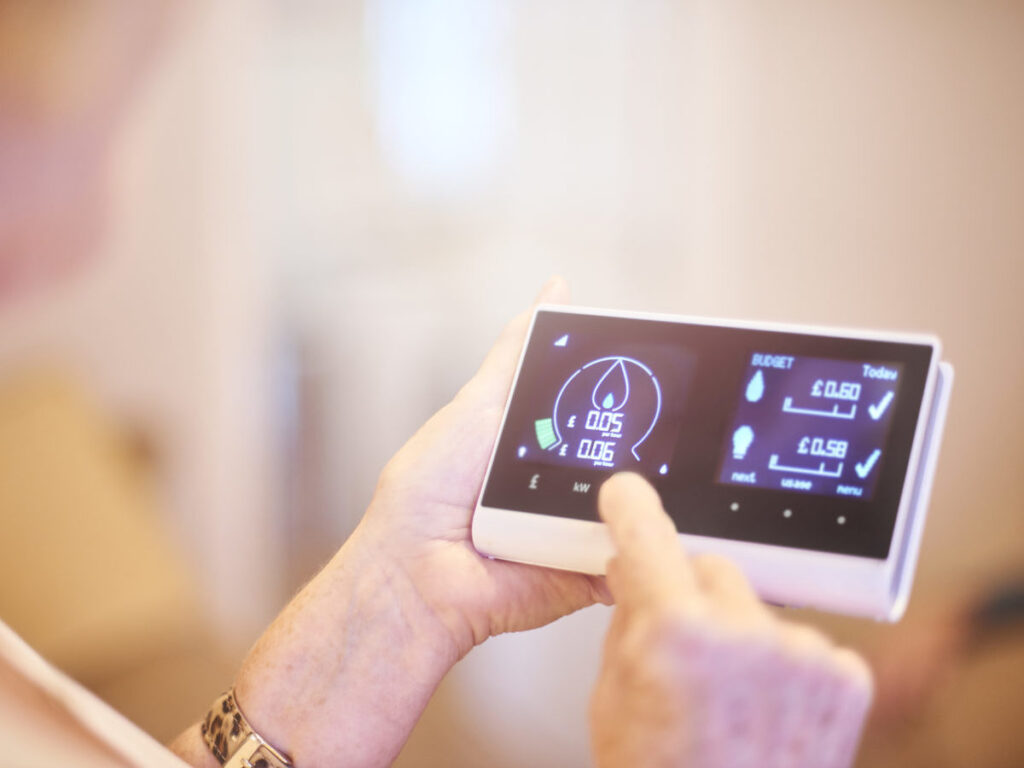JD Powers Customer Satisfaction Leaders – What’s Analytics Have to Do with It?

The new JD Power’s J.D. Power 2018 Electric Utility Residential Customer Satisfaction Study.SM is out and it is good news for utilities. For the seventh consecutive year, customer satisfaction is up. Many in the industry are curious about what customer analytics projects might have played a part, so we did some digging into what these utilities were doing over the last year.
Cooperatives Segment: Sawnee EMC*
Swanee EMC runs a Bring Your Own Thermostat (BYOT) program to enable system peak demand response. Embedded in its software platform are advanced analytics (top down and bottom up machine learning and forecasting) that support consist load shedding while reducing control time so that the customer stays comfortable.
East Large Segment: PPL Electric Utilities*
PPL is using predictive analytics applied to 2 years of AMI data to forecast which customers are in danger of falling into arrears. Based on this information, the company pre-notifies customers and provides advice and assistance to help them avoid the collections process.
South Large Segment: Georgia Power*
After seeing an influx of calls to the call center, Georgia Power used analytics to redefine what makes a “high bill complaint”. Data from demographic segmentation providers along with billing and contact center data was accessed through the company’s Hadoop platform. Data showed an increase of caller rate from base (+25%) when customer bills reach 1.0 mean deviations higher than their average bill. Georgia Power now pro-actively contacts customers with advice on billing programs that could reduce the impact of seasonal bill increases.
West Large Segment: Salt River Project (SRP)*
SRP’s practice is to use analytics to explore the customer experience in the context of the everyday retail experience. Today, automated systems deliver alerts to customers when bills are available, or payments are due. However, SRP is also piloting a program that applies analytics to meter data to determine if a day’s consumption is above an expected consumption for each individual customer. When a customer exceeds their expected usage, SRP sends a notification alerting them with suggestions on possible causes and remedies. Customers so far appreciate the alerts. However, SRP realizes more is needed to understand expectations and deliver a better experience. SRP is now working with data scientists to learn more about customers’ behaviors so it can connect with them on their terms bettervia phone, email, text or other means.
West Large: SMUD
Among other initiatives, SMUD’s customer analytics team has worked on a load disaggregation model to identify customers with large HVAC usage, base loads and variable loads. Using analytics, the company was able to identify customers who can benefit from SMUD’s energy efficiency programs and tailor marketing messages to those customers. The team also developed an internal app for energy auditors to deliver personalized recommendations.
SMUD is not standing still, either. By the end of 2019, SMUD plans to transition all customers to time of day (TOD) rates. The company is adopting scenario analytics to help customer service reps transition customers to the new rates.
West Midsize: Idaho Power
Idaho Power’s Smart Grid initiative included the development of an enterprise data warehouse containing over 2500 meter and customer data fields. Analytics applied to the data provide Idaho Power customers with omnichannel access to a next-estimated bill feature.
Of course, as any data analyst would tell you, a correlation does not imply causation. Plus, as JD Power’s rightly point out, customer satisfaction has a lot to do with outages, so analytics that are used to improve outage management and disaster recovery, apply as much to customer satisfaction. But that is a story for another day.
* indicates best in segment.




